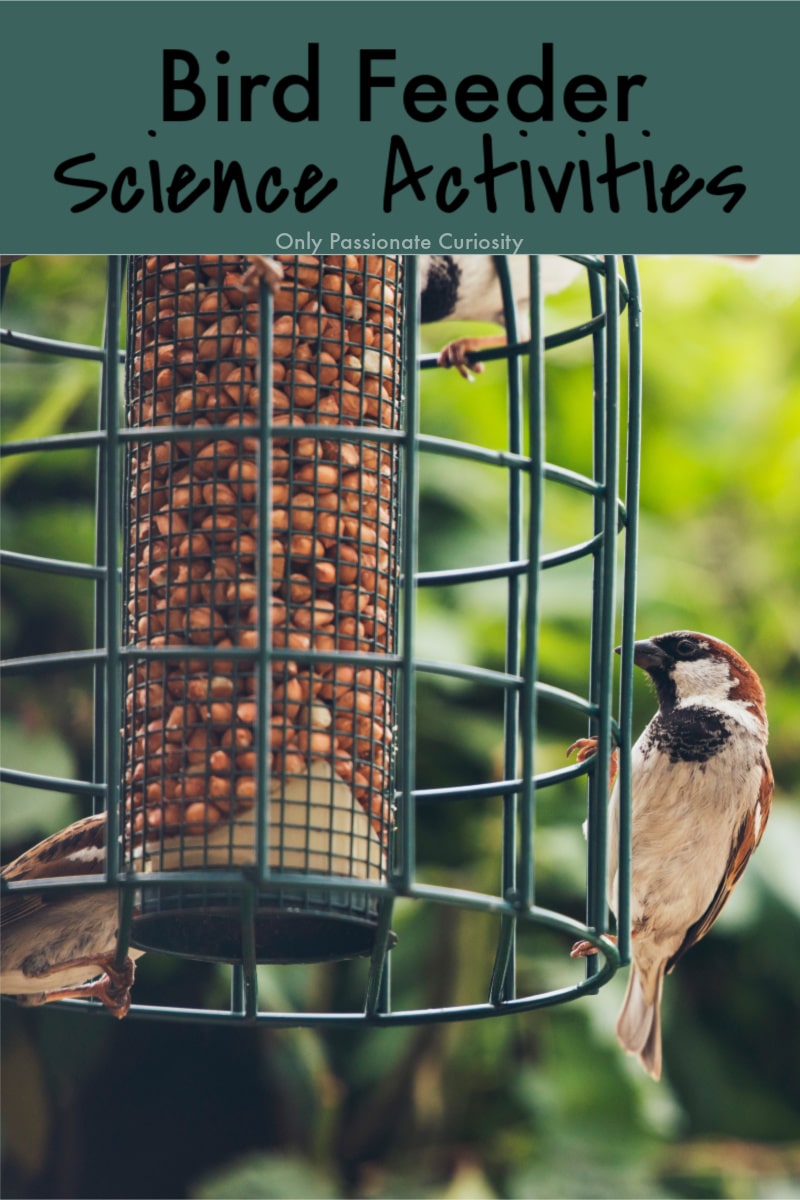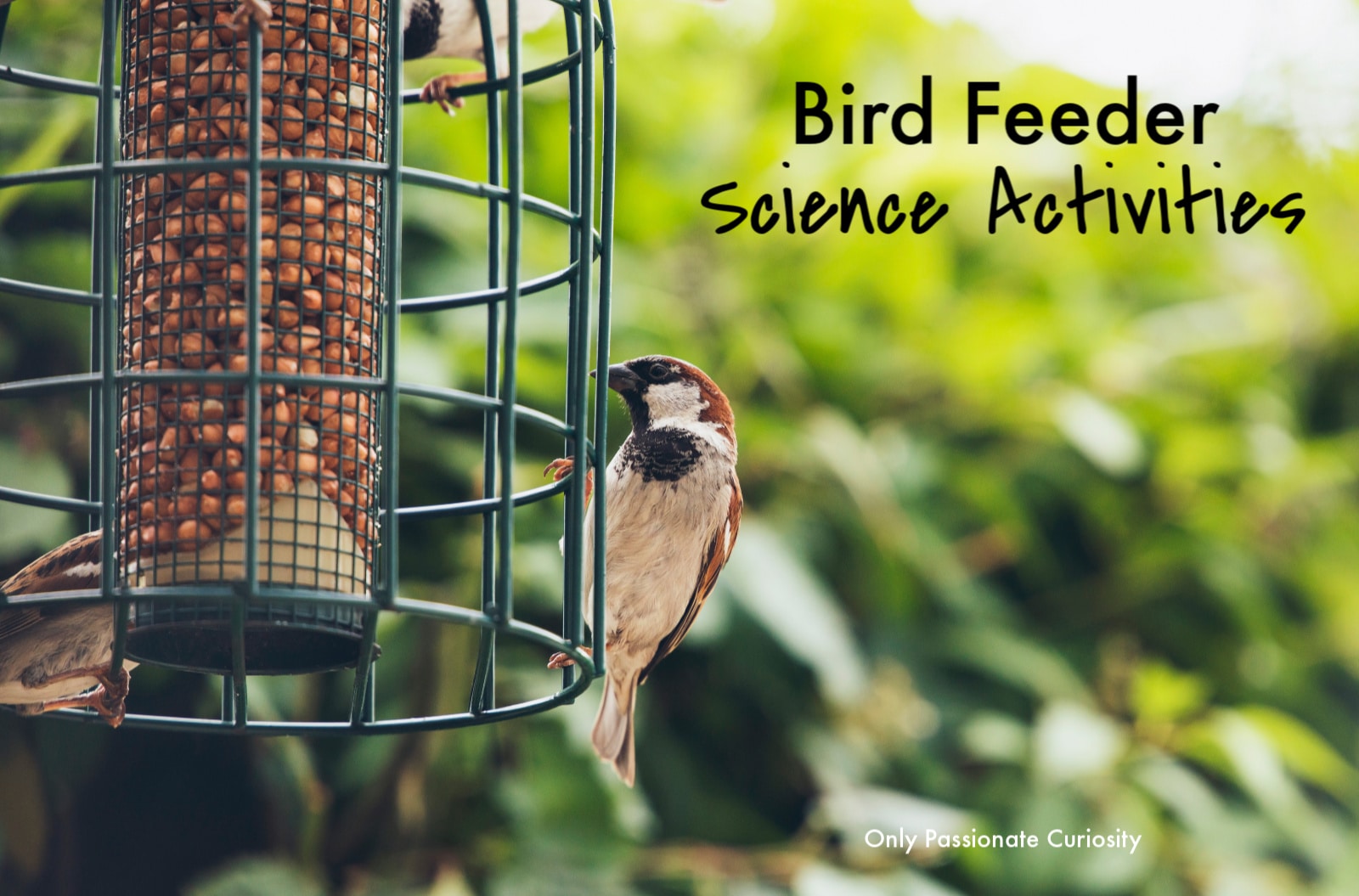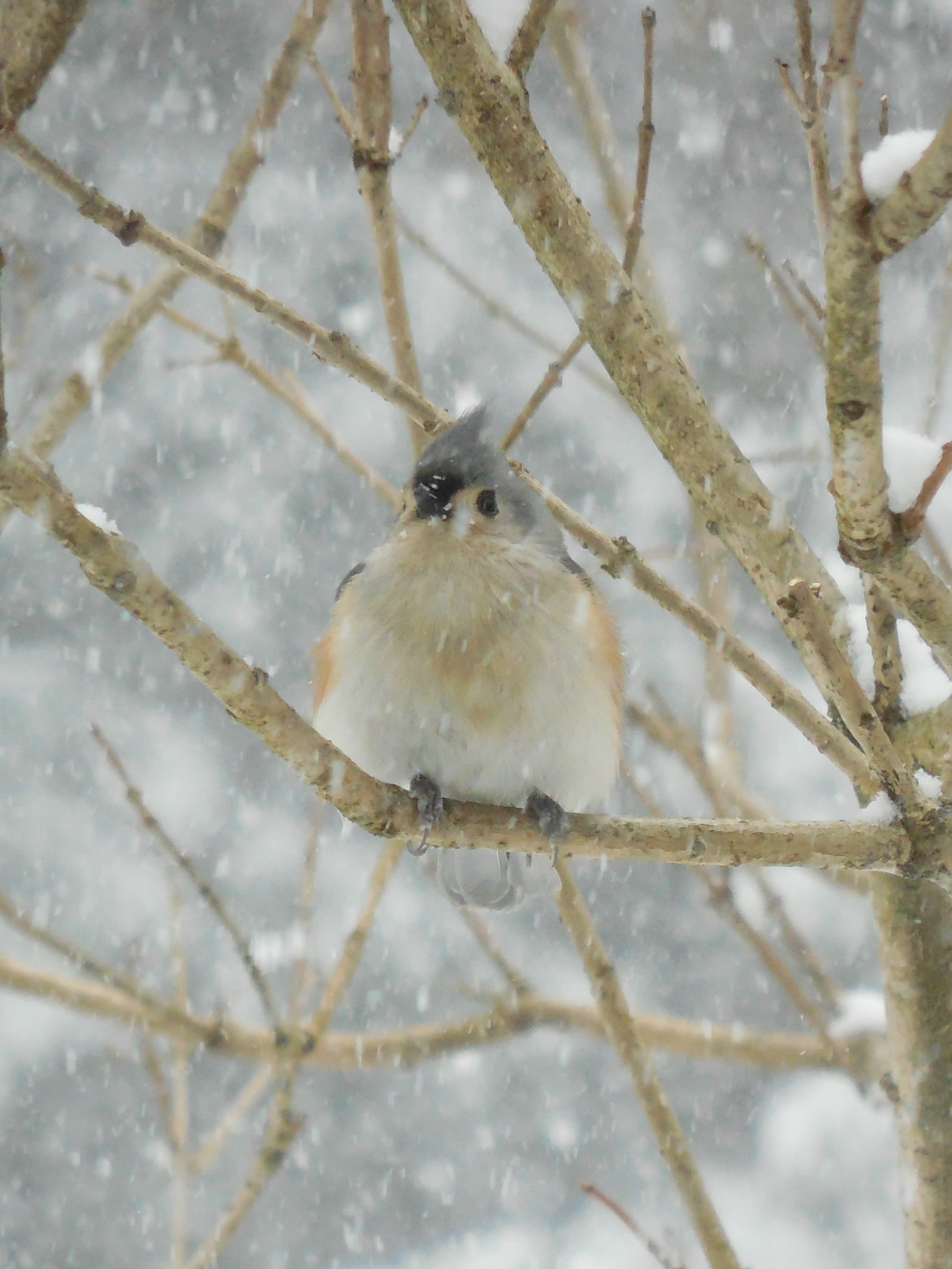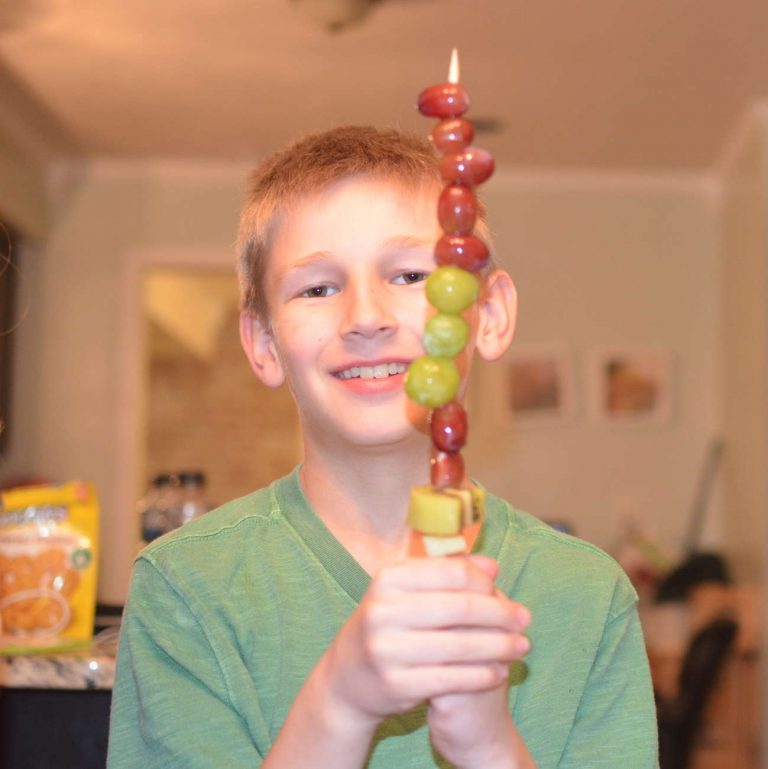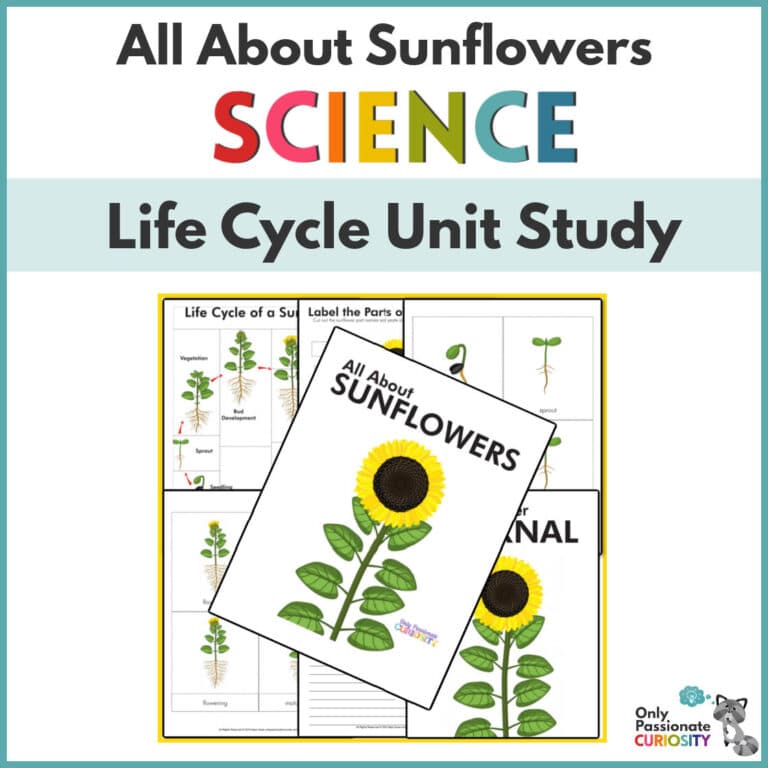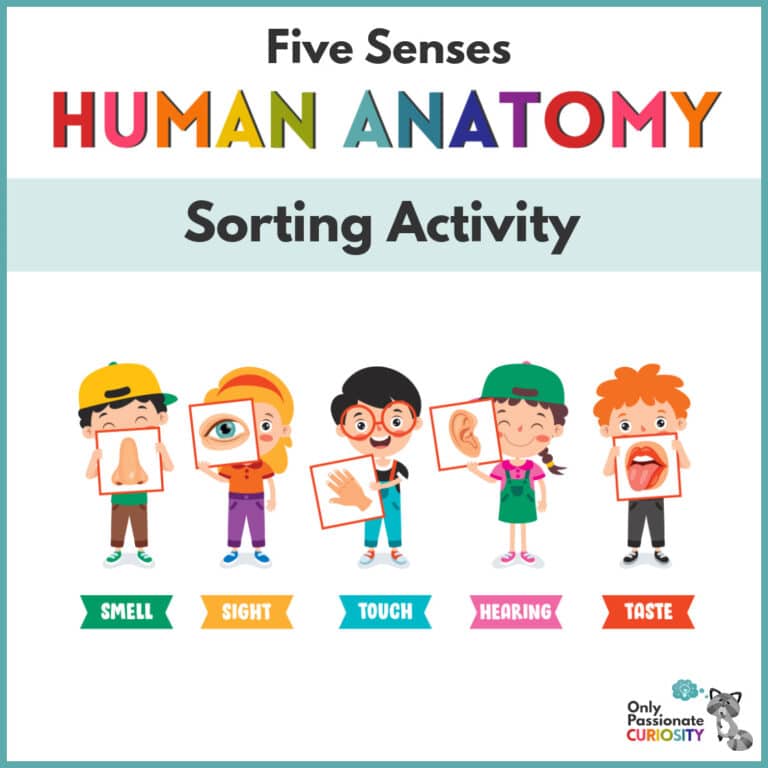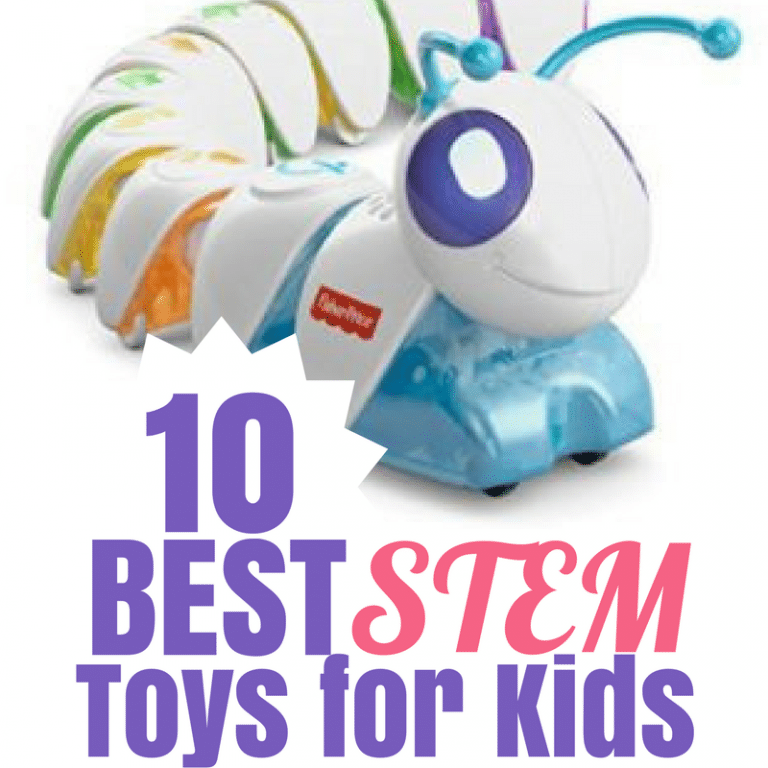10 Easy Bird Feeder Science Activities
Bird Feeder Science Activities
If you watch birds at a feeder, it is easy to incorporate some science into your bird watching. Beyond developing an appreciation of nature and wildlife, kids can investigate animal behavior and adaptations, collect and analyze data, contribute to citizen science, and more!
Set up a feeder and begin to observe the birds. Your children will benefit by honing their science, math, and observation skills. Bird watching can also be a calming activity on those days when things begin to feel chaotic and crazy!
 Set Up a Bird Feeding Station
Set Up a Bird Feeding Station
If you don’t already have a bird feeding site established, then you’ll want to set one up. My suggestion is to hang your feeder near a window in a place that is easy to see from both indoors and outdoors.
There are a variety of things you can feed birds, and the more choices you provide the more likely you are to attract different species. A good all-around bird food is black oil sunflower seeds.
If you prefer to feed birds (not squirrels and chipmunks), there are many choices for “squirrel-proof” feeders. The only one that I’ve found that truly works is this one, which we’ve been using without squirrel trouble for years! Although they are a little more expensive, they are very sturdy and prevent a lot of wasted birdseed due to those clever squirrels who spill it everywhere!
Science Explorations at the Bird Feeder
Once you are set up to feed birds and you begin to have feathered visitors, there are many ways you can use your bird feeding station for science and math investigations. Here are ten activity ideas:
1. Practice Bird Identification
Bird identification is not only fun, but it helps children develop strong observation skills. Kids have to pay close attention to colors, shapes, sizes, and behaviors. Get a good bird field guide such as Peterson’s or Stokes, and your students can begin to figure out who your bird customers are. They’ll not only have to find the correct bird visually in the guide, but they will also read and interpret a range map and written description as well as estimate measurements.
2. Learn About Bird Feet
Do some research to learn about the different types of bird feet and how they benefit birds. Then observe different bird feet at the bird feeder.
Birds have different types of feet depending on species. In general, there are feet good for perching, wading, scratching, grabbing, and swimming. Most of your feeder birds will have the perching type feet, which have four toes, three of which point forward, while the last points to the back.
Another type of foot you can observe at the feeder is the kind that is seen on woodpeckers. Woodpeckers have two toes that point forward and two that point back. This type of foot is great for climbing and holding on to the side of a tree, which a woodpecker must do to hunt for bugs.
3. Learn About Bird Beaks
Much like bird feet, you’ll find a wide variety of beaks belonging to birds, too! Do some research to find out more about birds’ natural food sources and how their beaks adapt to them.
Most of the birds coming to eat seeds from a feeder will have beaks specialized for cracking seeds. The sizes of the seeds that the birds eat in the wild will determine the sizes of these seed or nut-cracking beaks.
For example, a chickadee has a small seed-cracking beak, while a grosbeak has a sturdier beak better adapted for cracking larger seeds and nuts. Woodpeckers have beaks that are used for making holes in trees from which they pull insects, etc. They will eat seeds as well, but their beaks are adapted for the work they do on trees instead.
4. Learn and Identify Bird Songs
Learning bird songs is a magical activity. It takes some calm and quiet. Once you encourage your children to really sit and listen, they’ll begin to hear things they didn’t notice before, and you probably will, too!
A good bird songbook is an indispensable resource for this! Your children will love listening to bird songs, and it is a beautiful thing when they recognize a bird son out in nature for the first time. You can find the updated version of this bird songbook here.
5. Study Bird Behavior
There is an entire field of scientific research devoted to animal behavior. You can be an animal behaviorist right at home if you watch birds closely. Take a kitchen timer and set it to a manageable time for your child to sit still and observe the bird feeder. (Most likely, older kids can sustain longer observations, but everyone is different!)
Once you’ve taken note of some specific behaviors, i.e. “Goldfinches sit on feeders for extended periods and exclude all the other birds,” or, “Juncos fly away when a blue jay lands near them,” you can begin to collect data on the specific behaviors you’ve noticed. Tally up the number of times the behavior happens within a set period of time (i.e. 5 minutes).
Observe during different times of day or during different kinds of weather. Keep track of bird behavior during various seasons. How do these variables change the birds’ behavior?
6. Create an Experiment to Determine Bird Food Preference
In addition to simply feeding the birds and observing what happens, design an experiment to see what species prefer what types of food. Start simple by feeding two types of bird food. (Please research to find out what food items are appropriate so that you do not cause harm to your feathered neighbors!) Maybe you’ll put out cracked corn in one feeder and black-oil seed in another. What do the different bird species prefer?
Graph the data collected on bird food preference.
7. Observe, Collect, and Graph Bird Species Information
Keep track of the bird species you spot at your feeder each day throughout a set period of time, such as two weeks or a month. Graph your data to show which species are the most common visitors. Try making different kinds of graphs–pie charts or bar graphs.
8. Contribute to a Citizen Science Project
Identify and Count: Contribute your data to the Great Backyard Bird Count
If you’re reading this in the winter, keep in mind that four days each February is when a wonderful citizen science project called the Great Backyard Bird Count occurs. People of all ages from all over count birds and contribute their data to the project. It is super easy to get involved. For more information about the Great Backyard Bird Count, visit their website.
Getting kids involved in citizen science is a wonderful way to show them that science is real and is accessible to us all! Perhaps you’ll inspire a future STEM career!
9. Collect and Analyze Data on Bird Activity
You won’t always see birds at the bird feeder. Sometimes it is quiet and empty; other times it will be a feeding frenzy. You might also notice that certain species of birds visit at different times. Throughout a week, have kids observe the feeder in increments during different times of day. Take note of what types of birds come to the feeder and how many of each type during different time periods.
Graph the results and then analyze what was found. What are the most common feeding times? Which species are morning feeders? Which are afternoon feeders? Do certain birds prefer to feed together? Do others avoid being at the feeder when a different species is there? What else did you observe?
10. Observe Feeding Techniques and Behavior
You might notice that the different species of birds also have their own techniques for eating their food. Some feed on the ground. Some visit the feeder. Some are flexible and do both. Some birds take a seed away and wedge it into some tree bark before cracking it open. Others hold it down with one foot and then crack the shell.
Observe your birds carefully until you think you understand how each species of bird collects and eats its food.



